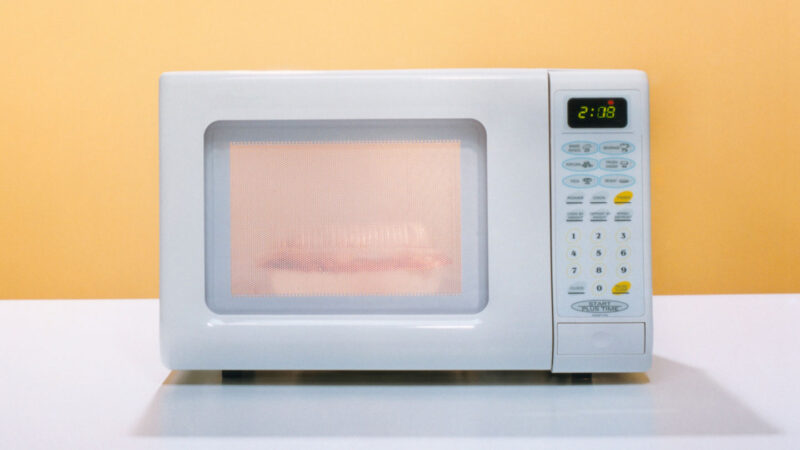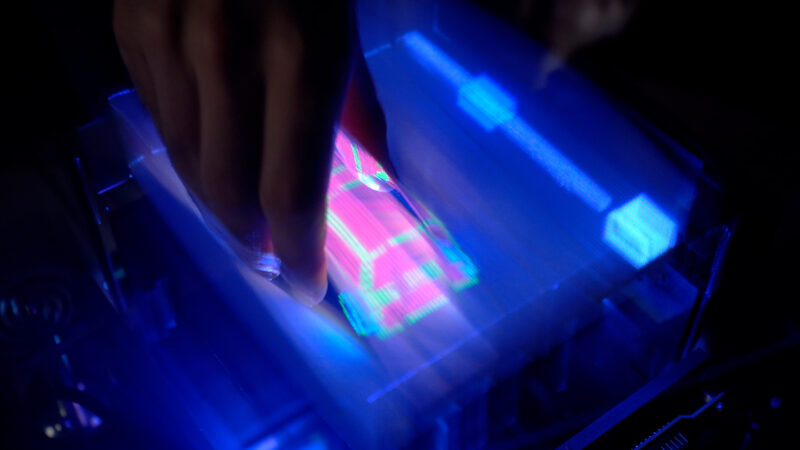Even a microwave oven is not immune to bacteria.
With microwave radiation bouncing around inside them, these ovens might seem a threatening place to microbes. But scientists have just turned up more than up 100 different strains of bacteria living inside them.
Alba Iglesias works at the University of Valencia, in Spain. She and her coworkers shared the finding August 7 in Frontiers in Microbiology. This is the first time, they say, that research has shown communities of germs can live in microwave ovens.
The microbiologists swabbed the insides — both the walls and rotating platter — of 30 microwave ovens. Ten came from home kitchens. Ten came from labs. The rest were being used in shared spaces, such as cafeterias. Each swab was then transferred to lab dishes. Before long, each dish hosted significant communities of bacteria.
Iglesias’ group then analyzed the microbes’ DNA. Most germs turned out to be types commonly found on human skin and surfaces that people frequently touch. Among them were Firmicutes and Bacteroidetes. But more worrying, the microwave ovens in kitchens hosted bacteria that can cause food poisoning. These included Klebsiella and Brevundimonas.
It’s unclear how these microbes survive being bombarded by microwaves, the team says. More work is needed to understand how they’ve adapted to the ovens’ potentially high temps and radiation.
The microbes in home microwave ovens were the same as those that can be found on countertops and other kitchen surfaces, notes Manuel Porcar. He’s another member of the Valencia team. “Some of them are pathogenic,” he says. That means they can make you sick. So, he now concludes, “one must clean the microwave as much as any other kitchen surface.”
He stresses, however, that kitchen microwave ovens aren’t a particular concern. He sees no reason to worry about them if they’re kept clean. They’re no worse, he says, than “any other part of a kitchen in contact with food.”

















